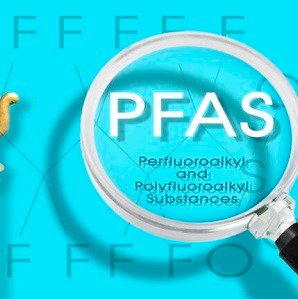A new study from the Keck School of Medicine of USC has uncovered significant health disparities in per- and polyfluoroalkyl substances (PFAS) exposure among Southern California residents. The research, published in the journal Environmental Research, highlights how neighborhood factors such as drinking water quality, food access, and proximity to industrial sites contribute to varying levels of these harmful chemicals in people’s blood.
The study, led by postdoctoral researcher Shiwen Li, examined blood samples from 446 participants, primarily from Hispanic communities. Results showed that individuals living in areas with PFAS-contaminated drinking water had substantially higher blood levels of these chemicals. For instance, residents in affected areas showed an average increase of 1.54 nanograms per milliliter for perfluorooctane sulfonic acid (PFOS), a significant rise compared to national averages.
Food access also played a crucial role in PFAS exposure. People living in neighborhoods with limited access to fresh food, defined as areas where more than 500 people or one-third of the population live more than 0.5 miles from the nearest supermarket, had higher blood levels of several PFAS compounds. This finding suggests a link between increased consumption of packaged foods and higher PFAS exposure.
The study also found that proximity to Superfund sites and industrial facilities processing PFAS correlated with elevated blood levels of these chemicals. For each PFAS-processing industrial site within a three-mile radius, blood levels of PFOS increased.
Li emphasized the importance of addressing neighborhood-level factors to reduce racial and ethnic environmental health disparities. “We’re adding a different perspective to solving the PFAS problem, because the risk to exposure of PFAS at the neighborhood level is not evenly distributed,” he stated.
As new EPA regulations on PFAS are set to take effect in coming years, this research underscores the urgent need for targeted interventions and community awareness to mitigate PFAS exposure in vulnerable populations.
See “Study finds health disparities in PFAS levels linked to drinking water, food access and industrial pollution” (November 21, 2024)



